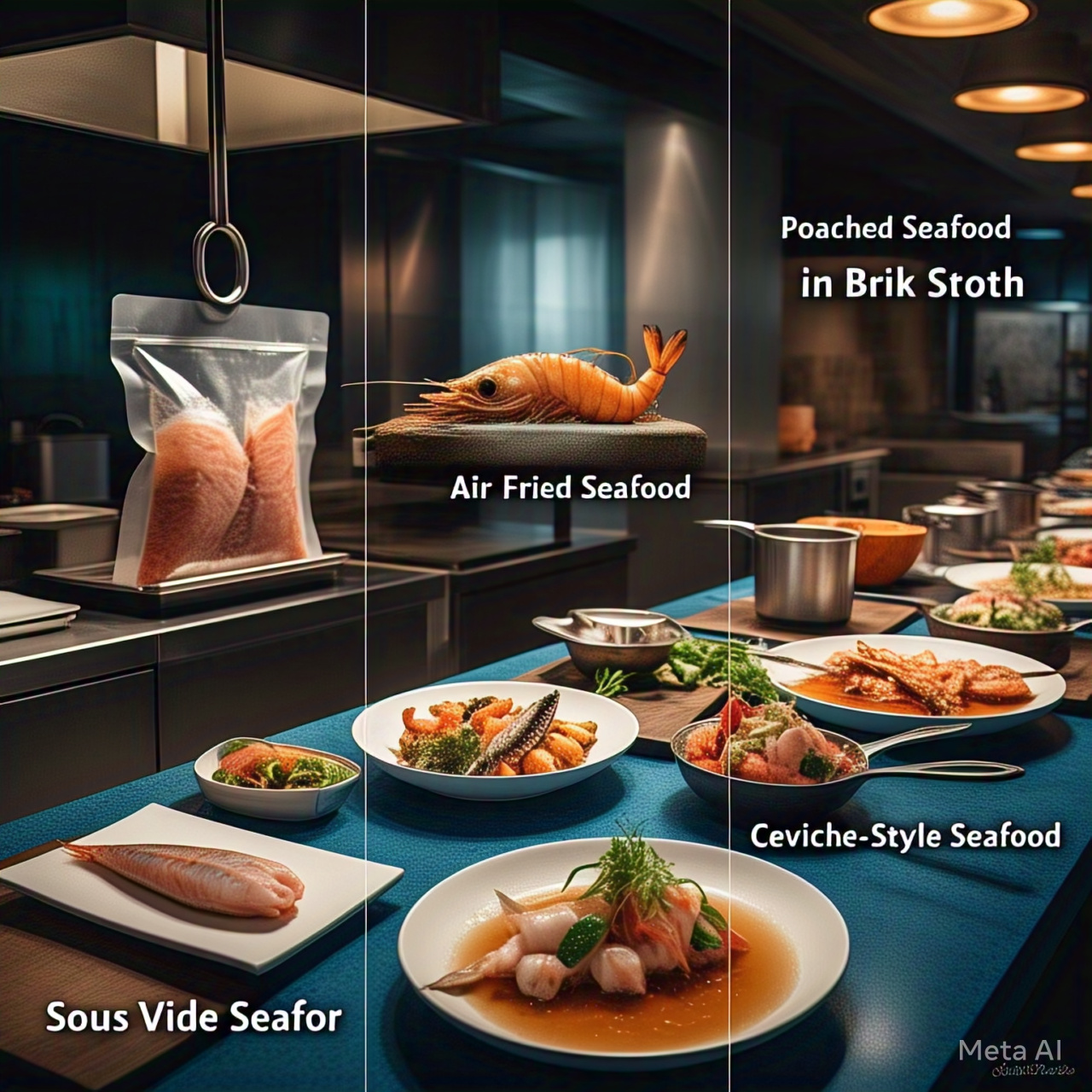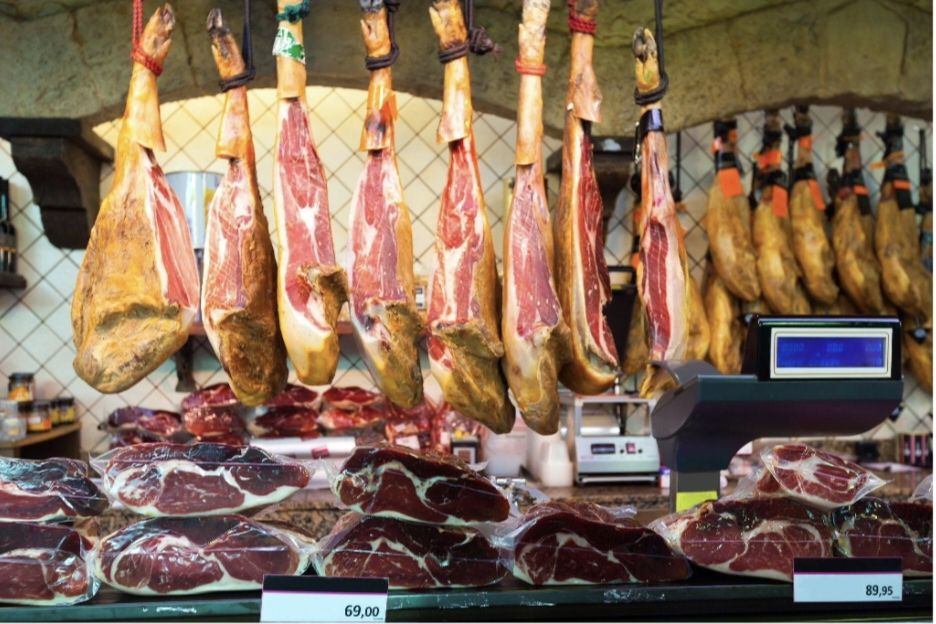Fresh seafood is one of the greatest joys of dining, and chefs around the world are constantly pushing the boundaries of how it’s prepared. As we dive into 2025, restaurants are introducing cutting-edge techniques that elevate seafood to new heights—bringing out deeper flavors, enhancing textures, and making the experience more immersive for diners who love exploring best sea food restaurant near me.
From precision cooking methods to age-old traditions getting a modern twist, here are five seafood preparation techniques that are making waves in top restaurants this year.
1. Aging Seafood for Maximum Flavor
Aging isn’t just for beef or cheese—seafood aging is taking off in a big way. While most people think of fish as something best eaten as fresh as possible, high-end restaurants are proving that carefully aged seafood can offer richer, more complex flavors.
By controlling temperature and humidity, chefs can dry-age fish like tuna, kingfish, and snapper for anywhere from a few days to several weeks. This process removes excess moisture, firms up the flesh, and intensifies the umami flavors. Studies show that aged fish can develop deeper, nuttier notes, similar to how dry-aged beef gains complexity over time.
In 2025, expect to see more seafood-focused restaurants with aging cabinets, where diners can see whole fish hanging, much like prime cuts in a steakhouse.
2. Fermentation for a Bold Umami Kick
Fermentation has been a key part of food preservation for centuries, but now, it’s becoming a centerpiece of modern seafood cuisine. Restaurants are experimenting with fermented seafood pastes, cured fish, and even seafood miso to add unique umami flavors to dishes.
For example, chefs are fermenting shrimp and anchovies to create house-made garums, a type of ancient Roman fish sauce that packs an incredible depth of flavor. Meanwhile, techniques borrowed from Japan, like shio koji-marinated fish, are helping seafood develop a more tender texture while enhancing its natural sweetness.
Not only does fermentation add bold flavors, but it also supports sustainability, allowing chefs to preserve seafood longer and reduce waste.
3. Live-Fire and Charcoal Cooking for Smoky Intensity
Cooking over an open flame is nothing new, but in 2025, restaurants are taking it to the next level with precise control of fire, charcoal, and smoke. Seafood is notoriously delicate, but when done right, live-fire cooking enhances its natural sweetness and depth without overpowering it.
Michelin-starred chefs and coastal seafood Suffolk VA restaurants are now embracing techniques like binchotan grilling—a Japanese method using high-carbon white charcoal that burns at an incredibly high temperature. This technique locks in juices while adding a subtle smokiness to everything from whole grilled fish to skewered prawns.
Additionally, embers cooking—where seafood is buried in hot coals—has become a trend in fine dining, giving dishes a gently charred crust with a soft, succulent interior. Expect to see more dishes cooked directly over fire, including grilled octopus, ember-roasted scallops, and flame-seared sashimi.
4. Cold Poaching for Delicate Texture
Traditional poaching is a fantastic way to cook fish, but chefs are now refining the technique with low-temperature poaching, also known as cold poaching. This method involves slowly submerging fish in an infused liquid at a much lower temperature than traditional poaching, often around 120–140°F (49–60°C).
Why does it work? Cooking seafood at these lower temperatures results in an ultra-tender texture, almost like a hybrid between sous vide and traditional poaching. It also allows for more flavor infusion, as the fish gently absorbs the aromas of ingredients like citrus, herbs, and aromatics.
Cold poaching is particularly popular for delicate fish like halibut, sea bass, and Arctic char, giving them a silky-smooth mouthfeel without the risk of overcooking.
5. Seafood Fat-Washing for Unforgettable Flavor
Fat-washing is a technique that originally gained popularity in craft cocktails, where fats like butter or bacon grease were infused into spirits to create unique flavors. Now, chefs are applying the same principle to seafood preparations, using infused fats to elevate dishes with new layers of taste and texture.
Imagine a lobster poached in seaweed-infused butter, or salmon cured with brown butter and smoked salt—these techniques add depth and complexity, making every bite more indulgent. Some restaurants are even experimenting with duck-fat-washed scallops or crab infused with truffle oil, creating decadent flavor profiles that stand out.
By leveraging fat-washing, chefs are introducing new seafood textures while amplifying natural flavors, resulting in dishes that feel both familiar and groundbreaking at the same time.
The Future of Seafood Cuisine
The way we prepare and enjoy seafood is evolving rapidly, with chefs across the globe pushing the boundaries of traditional techniques. Aging, fermentation, live-fire cooking, cold poaching, and fat-washing are just a few of the innovative methods redefining seafood dining in 2025.
As sustainability becomes a bigger focus, these techniques also help reduce waste, enhance natural flavors, and celebrate high-quality ingredients in exciting new ways. Whether you’re a seafood lover looking for something new or a chef eager to experiment, this year’s trends promise to deliver unforgettable flavors that honor the ocean’s bounty.
Next time you visit a seafood restaurant, keep an eye out for these game-changing methods—you might just discover your new favorite way to enjoy the freshest catch.





